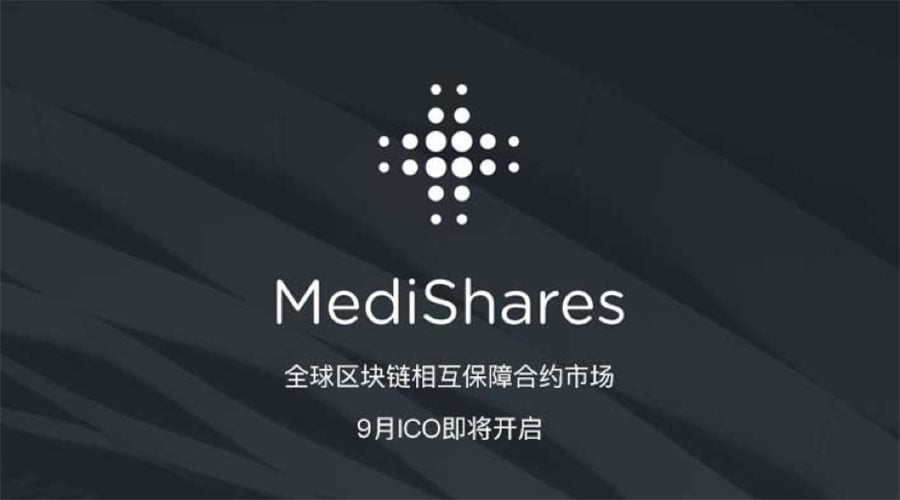Bridging the gap between blockchain and healthcare is an area few companies are actively exploring as of right now. MediShares is one of the welcome exceptions in this regard, as it aims to create the world’s first mutual aid marketplace with blockchain technology. Embedding trust in transactions will help increase overall efficiency and lower operational costs for insurers as well.
What is MediShares Doing Differently?
This Ethereum-based decentralized and open-source mutual aid marketplace hopes to bring together blockchain and the medical sector. Anyone in the world can join a mutual aid scheme by sending MDS – the native token – to the smart contract associated with the venture. Moreover, anyone can be a mutual aid insurer by using the provided smart contract templates.
The Technical Side of MediShares
Because MediShares is based on Ethereum, it will offer the same functionality as one could find by using that ecosystem directly. Its smart contract technology will allow for trustless scenarios, as all tokens are locked by these lines of code accordingly. Moreover, it ensures there are low operational costs, which benefits both the users and those providing mutual aid insurance at the same time.
It seems MediShares will also embrace the decentralized autonomous organization model. Therefore, there is no need for any central authority or person in power to ensure the ecosystem is behaving as one would expect. This will also allow for the creation of an incentive system, as everyone who offers insurance becomes eligible to receive MDS rewards from the marketplace. It’s only normal that insurers are rewarded and compensated for their time and effort.
Policyholders on the MediShares platform are able to share profits and value with the rest of the community, which is another defining characteristic of this particular blockchain project. It will be interesting to see how MediShares performs when its global marketplace comes to market, which is expected to occur in the near future. Breaking down the barriers and restrictions associated with one’s geographic location will allow for a lot of new use cases and strategies.
The MDS Token Explained
According to the website, there are multiple reasons to pay attention to the MDS token. Every new user joining the mutual aid system causes MDS to be burned and a reduction in the circulating supply. Moreover, additional users also result in more tokens being locked in smart contracts, which should positively impact the token’s value. The MediShares team also plans to buy back circulating MDS using 50% of the total profit of their risk reserve capital.
The Road Ahead for MediShares
The Minimum Viable Product for MediShares is in the final stages of development and should be revealed very soon. Development of the iOS and Android applications will commence in Q2 of 2018, along with the implementation of sidechain technology. Further security auditing and testing will occur later this year, along with the launch of the MediShares platform in the final quarter of 2018. From that point forward, the team will place a strong focus on scaling the platform as its popularity increases.

